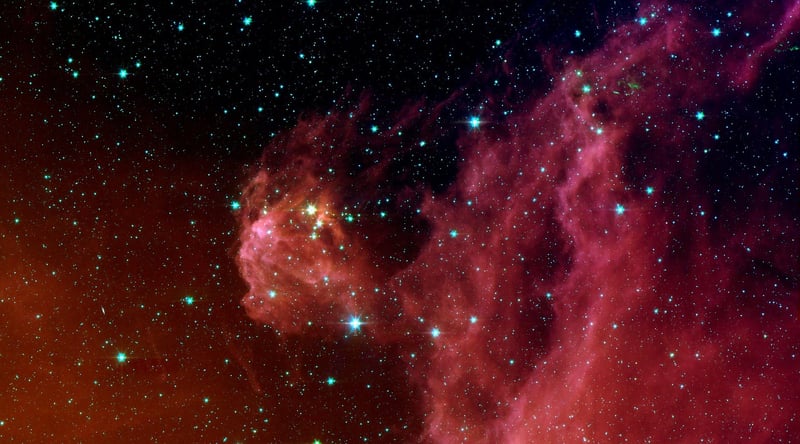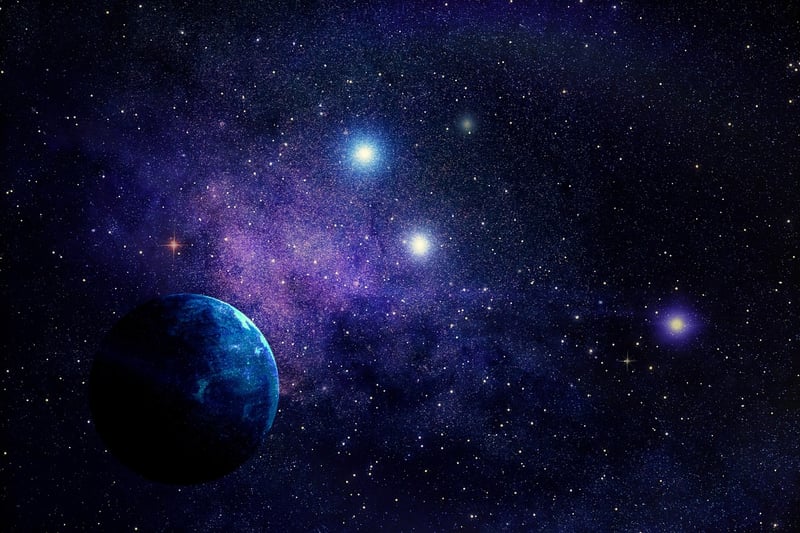Cosmic Nebulae
Exploring Celestial Events and Cosmic Nebulae
Celestial Events
Celestial events are fascinating occurrences that take place in the sky, capturing the attention of astronomers and skywatchers alike. From meteor showers to eclipses, these events provide a glimpse into the vast and mysterious universe beyond our planet.
Types of Celestial Events:
- Meteor Showers: Spectacular displays of shooting stars caused by debris entering Earth's atmosphere.
- Lunar Eclipses: When the Earth comes between the Sun and the Moon, casting a shadow on the lunar surface.
- Solar Eclipses: Occur when the Moon passes between the Earth and the Sun, blocking out the sun's light.
- Comet Sightings: Rare opportunities to see these icy bodies as they pass by Earth on their journey through the solar system.
Cosmic Nebulae
Cosmic nebulae are vast clouds of dust and gas scattered throughout the universe. These stunning formations come in various shapes and sizes, often serving as the birthplace of new stars.
Famous Nebulae:
- Orion Nebula: Located in the Orion constellation, this nebula is one of the brightest and most photographed in the night sky.
- Helix Nebula: Known for its striking resemblance to a giant eye, this planetary nebula is located in the constellation Aquarius.
- Crab Nebula: The remnant of a supernova explosion observed in the year 1054, located in the Taurus constellation.
Witnessing the Wonders of the Universe
Whether observing a meteor shower from your backyard or gazing at the intricate beauty of a cosmic nebula through a telescope, exploring celestial events and cosmic nebulae can be a truly awe-inspiring experience. Take the time to look up at the night sky and marvel at the vastness and complexity of the universe surrounding us.


